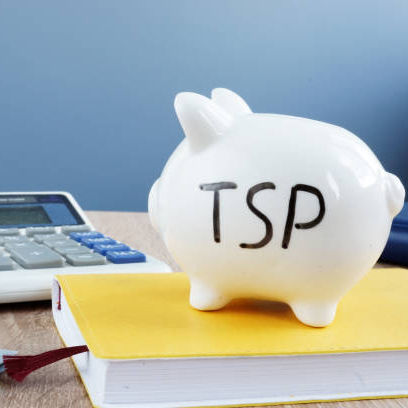Do you know who your TSP account’s beneficiary is?

You might know who is listed on your most recent form, TSP-3, but the TSP might not be. Some participants in pre-retirement programs recently informed their instructors that the TSP no longer had their TSP-3 on file. Others have claimed that while the website’s primary beneficiary information is accurate, the contingent beneficiary information is inaccurate.
The Thrift Savings Plan has acknowledged that 266,000 beneficiary designations were purposefully left out of the transition to the new system due to “data quality difficulties.” After that, they murmur incomprehensibly, “Those beneficiary forms remain on file.”
Don’t take the accuracy of your beneficiary information for granted. You can take the following actions.
Do it now if you haven’t yet created your new TSP account. Verify that your beneficiary designations are accurately reflected in the account. Update your TSP-3 if necessary.
You can submit a new TSP-3 if you don’t have a beneficiary form on file, if your account needs to be updated, or if your chosen beneficiary passed away before you did. You can use some forms to access the TSP-3. However, the webpage may require some patience. The TSP Board still has some work to get the website up and running properly.
When you click on the TSP-3 link, you will be given the option to either download the form or fill it out using a “wizard.” Wizards on TSP forms make it simple to complete any form. They prompt you with essential questions and direct you to the subsequent section based on your responses. With a wizard, you won’t have to guess which fields on the form you should fill out and which ones you should leave blank. You can print out a finished form that you may take to a notary if you need to have the form notarized, as is frequently the case with TSP paperwork.
What happens if a TSP-3 is missing from your file or if it was “lost” during the switch to the new system?
If that is the case, the Thrift Savings Plan will use the regular order of precedence to decide who will get your TSP money after your death. The TSP will not consider any instructions you provide in a will or trust. In estate planning, it is customary practice for beneficiary forms to take precedence over any further expressed intentions.
Federal benefits are typically distributed in the following order, following your designated beneficiary: Survivor spouse; children (per stirpes) (stepchildren excluded unless legally adopted); parents (stepparents excluded unless legally adopted); court-appointed executor /administrator of the estate; and lastly, your next of kin (based on state law).
You can specify dependent beneficiaries on the TSP-3, as on most beneficiary forms, who will get the money if the specified beneficiary passes away before you do. You can also designate several beneficiaries. If you choose this, make sure the sum is 100%.
Your beneficiary may roll over your TSP account into his or hers, choose an inherited IRA, or withdraw the money if any of the following applies:
• If your spouse is federally employed or retired.
• If your spouse is retired or non-federally employed, they may inherit your TSP account, choose an inherited IRA, or withdraw the funds. The TSP will set up a beneficiary participant account for them if they decide to take over ownership of your account.
The age-appropriate L fund receives the initial allocation in a beneficiary participant account. A non-spouse has the option of choosing an inherited IRA or withdrawing the funds. The “stretch IRA” has been restricted by the SECURE Act for nearly all beneficiaries who are not spouses, who must now completely exhaust the account within ten years.
You have accumulated retirement savings over the course of your career. If you don’t live long enough to use all of your TSP, you want to make sure that the remaining funds go to the person or people of your choice.
Contact Information:
Email: [email protected]
Phone: 9568933225
Bio:
Rick Viader is a Federal Retirement Consultant that uses proven strategies to help federal employees achieve their financial goals and make sure they receive all the benefits they worked so hard to achieve.
In helping federal employees, Rick has seen the need to offer retirement plan coaching where Human Resources departments either could not or were not able to assist. For almost 14 years, Rick has specialized in using federal government benefits and retirement systems to maximize retirement incomes.
His goals are to guide federal employees to achieve their financial goals while maximizing their retirement incomes.
Popular posts

TSP Contributions Are Changing—Here’s...
Key Takeaways The TSP...

FEHB Premium Hikes Have...
Key Takeaways FEHB premiums...
Free Retirement Benefits Analysis
Federal Retirement benefits are complex. Not having all of the right answers can cost you thousands of dollars a year in lost retirement income. Don’t risk going it alone. Request your complimentary benefit analysis today. Get more from your benefits.
I want more



